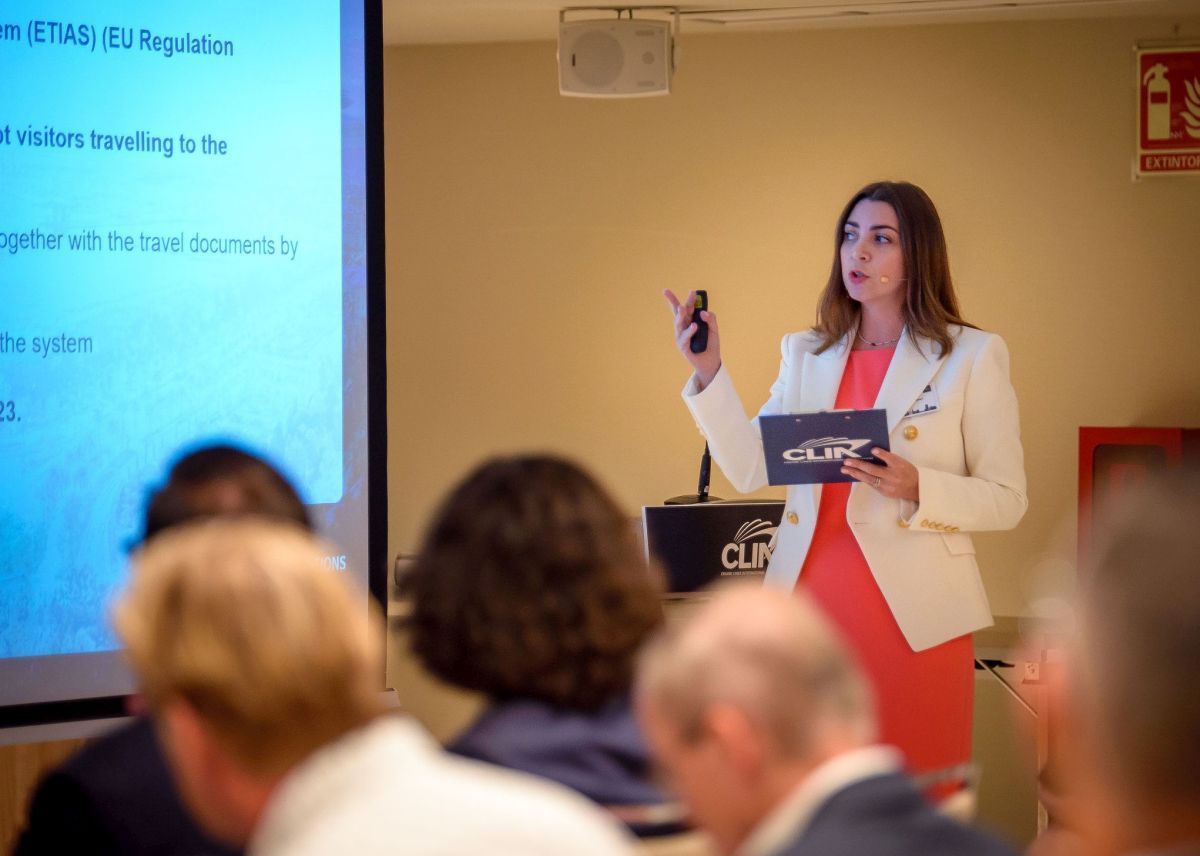New EU Border Rules Top CLIA Dialogue
New EU border requirements for third country nationals and ways this will affect passenger flows at port terminals topped the agenda of the “Ports and Destinations Dialogue” hosted in Malaga, Spain this month by Cruise Lines International Association (CLIA), the world’s largest cruise industry trade body.
CLIA representatives expressed concerns about the deadlines of the new regulations, adding that in order to avoid disruption, cooperation among cruise lines, port authorities and governments was vital.
The new rules: the Entry-Exit System (EES) and the European Travel Information and Authorization System (ETIAS) are set to go into effect by May and November 2023, respectively.
The EES will automatically register travelers from third-countries, both short-stay visa holders and visa exempt travelers, each time they cross an EU external border. The ETIAS will monitor and authorize visa-exempt visitors traveling to Schengen zone states. This travel authorization will need to be checked by carriers before travel.

CLIA’s Maria Deligianni (National Director in the Eastern Mediterranean) at the “Ports and Destinations Dialogue”
“The EU Entry-Exit System will have a major impact on cruise operations and itinerary planning especially in the Eastern Mediterranean where Greece borders non-EU and non-Schengen countries,” said Maria Deligianni, national director CLIA Eastern Mediterranean.
Based on Frontex data, in 2019, over 115 million third country nationals (TCNs) entered the EU. By 2025, this number is expected to rise to 176 million which prompted the EU lawmakers to establish a new system for registering information on the entry, exit and refusal of entry.
Deligianni urged governments in the region to coordinate efforts with cruise lines and ports to prepare adequately for the implementation of the new rules.
This month’s CLIA Dialogue also focused on the cruise sector’s efforts to achieve net-zero carbon cruising by 2050, including the deployment of shore-side electricity for cruise at ports, as well as the development of new cruise destinations.
“We are exploring many paths to achieve our ambition of net-zero carbon cruising. Our cruise lines members are investing in destinations, and it is important that we work with local partners to manage tourism in ways that protect the economic and social opportunities that cruising brings,” said addressing delegates, CLIA Director General in Europe Marie-Caroline Laurent.
According to CLIA data, companies’ sustainability efforts are gaining ground among travelers. Indicatively, the percentage of travelers who now view the cruise industry as a leader in responsible travel increased by 9 percent over the last year to 51 percent.
Additionally, based on CLIA’s latest sentiment data, there appears to be a “resurgent appetite” for cruise travel which brings with it economic benefits for cruise destinations.
According to the latest data, intent to book a cruise now exceeds levels from three years ago: of the cruise travelers surveyed this summer, 84 percent said they intend to cruise again, up by 5 percent over 2019.







